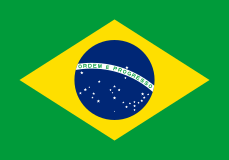
Visa and entry requirements Brazil:
Passport required
No visa is required
Information from the Foreign Office about your trip to Brazil:
https://www.auswaertiges-amt.de/de/brasiliensicherheit/201092
Brazil is the fifth largest country in the world in terms of area and population. It is the largest and, with around 210 million inhabitants, the most populous country in South America. Brazil shares a border with every South American country except Chile and Ecuador, so it has a total of ten neighboring countries.
The country's most important river is the Amazon, by far the richest and second longest river in the world, with a total length of 6,448 kilometers. The south of Brazil is the catchment area of the Uruguay and Parana rivers. A tributary of the Parana is known for the famous Iguazu Falls.
Brazil's climate is predominantly tropical, with slight seasonal fluctuations in temperatures; only the subtropical south has a temperate climate.
There are a total of 62 national parks or protected areas in Brazil, including the Amazon basin, the largest and most species-rich rainforest in the world. The Rio Negro and Amazon rivers meet near Manaus.
Brazil is the only country in the Americas where the Portuguese language is spoken. Brazilian Portuguese has its own character and is somewhat different from the European version. Up to 1.5 million Brazilians speak German as their native language, making German the second most common native language in the country. Around 65% of the population adhere to the Roman Catholic Church.
The official national currency is the Brazilian real, with 1 euro equaling around 4.50 BRL. The crime rate is well above the global average and the murder rate is among the highest in the world.
The country's most populous metropolitan areas are Sao Paulo, Rio de Janeiro, Belo Horizonte, the capital Brasilia, Porto Alegre, Salvador de Bahia, Fortaleza, Recife and Curitiba.
Sao Paulo is the largest city in Brazil and even in all of South America. At the same time, it is also the largest city in the southern hemisphere and the economic engine of Brazil. With over twelve million inhabitants, the city is the country's most important economic, financial and cultural center. Almost 22 million people live in the Sao Paulo metropolitan area.
The capital Brasilia was built in just three years in the 1960s. Today the city has almost 200,000 inhabitants, and the metropolitan region has around 4.4 million people.
Rio de Janeiro was the capital of Brazil for almost 200 years and is the country's most famous city with around 6.5 million inhabitants. Almost 12 million people live in the metropolitan region of Brazil's second largest city, making Rio one of the megacities in the world.
The landmarks of Rio de Janeiro are the Sugarloaf Mountain, the 38 meter high figure of Christ on the summit of Corcovado and the beach in the Copacabana district, which is considered one of the most famous beaches in the world. The city is also internationally known for the annual Rio Carnival.
The main districts of Rio de Janeiro include Barra, Copacabana, Ipanema, Botafogo, Sao Cristovao, Santa Teresa, Campo Grande, Centro and Lapa, with the world-famous Lapa Staircase and Arches.
So far, I have visited Brazil twice during my 7-year journey around the world. The first time I was in the country for five weeks, during the World Cup in the summer of 2014. Back then, I even watched all seven games of the German national soccer team, including the final, live in the stadium. Of course, I also got to know all the venues very well because I spent at least five days in each city. The German team played in Salvador de Bahia, Fortaleza, Recife, Porto Alegre, Belo Horizonte and twice in Rio de Janeiro, in the world-famous Maracana Stadium.
For me, the most beautiful cities were Salvador de Bahia with the beautiful old town, Fortaleza with the fantastic beach promenade, Porto Alegre with the enormous European influence and of course Rio de Janeiro with the many unique sights.
The cultural highlights of this trip undoubtedly included the visit to Rio's Sugarloaf Mountain, the indescribable view high up from the Corcovado Christ figure and the relaxed sitting on the steps of Lapa.
An unforgettable moment for me was the semi-final in Belo Horizonte, with the German team's incredible 7-1 victory over hosts Brazil, one of the most spectacular football games in history. However, this game was topped by the final on July 13, 2014 in the famous Maracana Stadium in Rio de Janeiro, where Germany won the World Cup for the fourth time against Argentina. This day and this game were one of the most exciting experiences of my entire life.
During this time of the World Cup, I lived privately in Porto Alegre and Belo Horizonte for a total of ten nights via the Internet platform “Couchsurfing”. It was amazing that some Brazilians made part of their apartment available free of charge to international football fans. During these days I met so many warm and nice people, like my two hosts Juliano and Rosane, who later became my friends. From extensive city tours to spontaneous parties or various barbecue evenings, the two of them really took loving care of me at all times during my stay.
The second time I traveled to Brazil was in January 2018. I visited the cities of Campo Grande, Brasilia, Curitiba and Recife again, the Iguazu Falls and the Brazilian holiday island of Fernando de Noronha.
For me, the world-famous Iguazu Falls are the most spectacular waterfalls in the world, having previously visited Niagara and African Victoria Falls.
For me, the island of Fernando de Noronha, about a two-hour flight from Recife, is one of the most beautiful islands on our planet.
All in all, Brazil is a fantastic travel country with impressive natural wonders and many cultural attractions. As a tourist, however, you should be warned about the unfortunately high level of crime and move around the country accordingly. Especially in big cities, everyone should be well prepared and, for their own safety, ideally avoid all valuables.

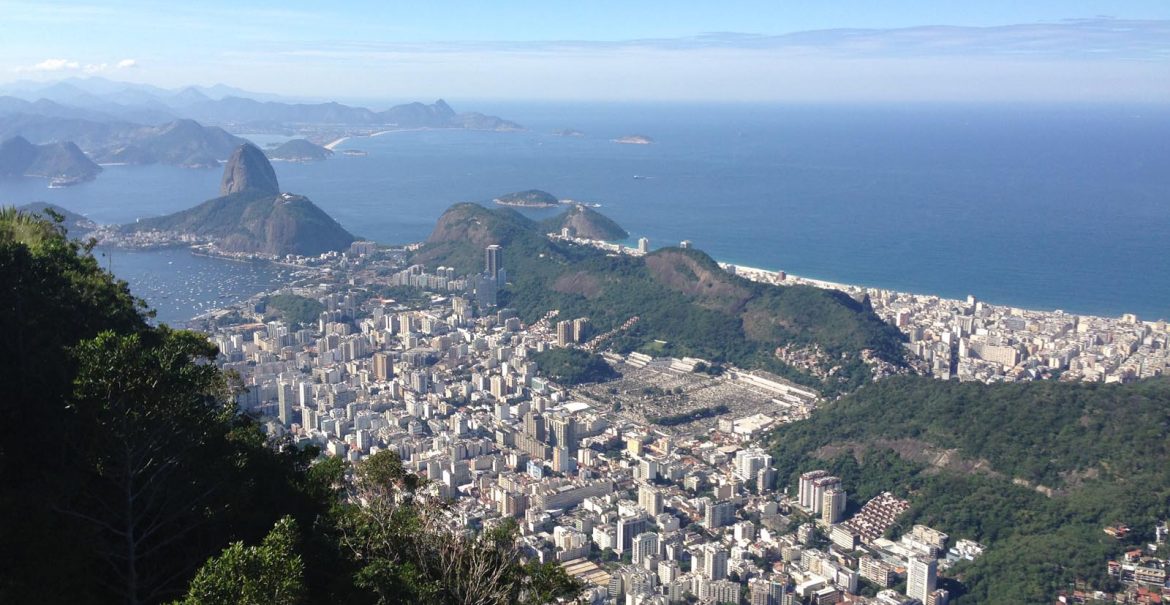










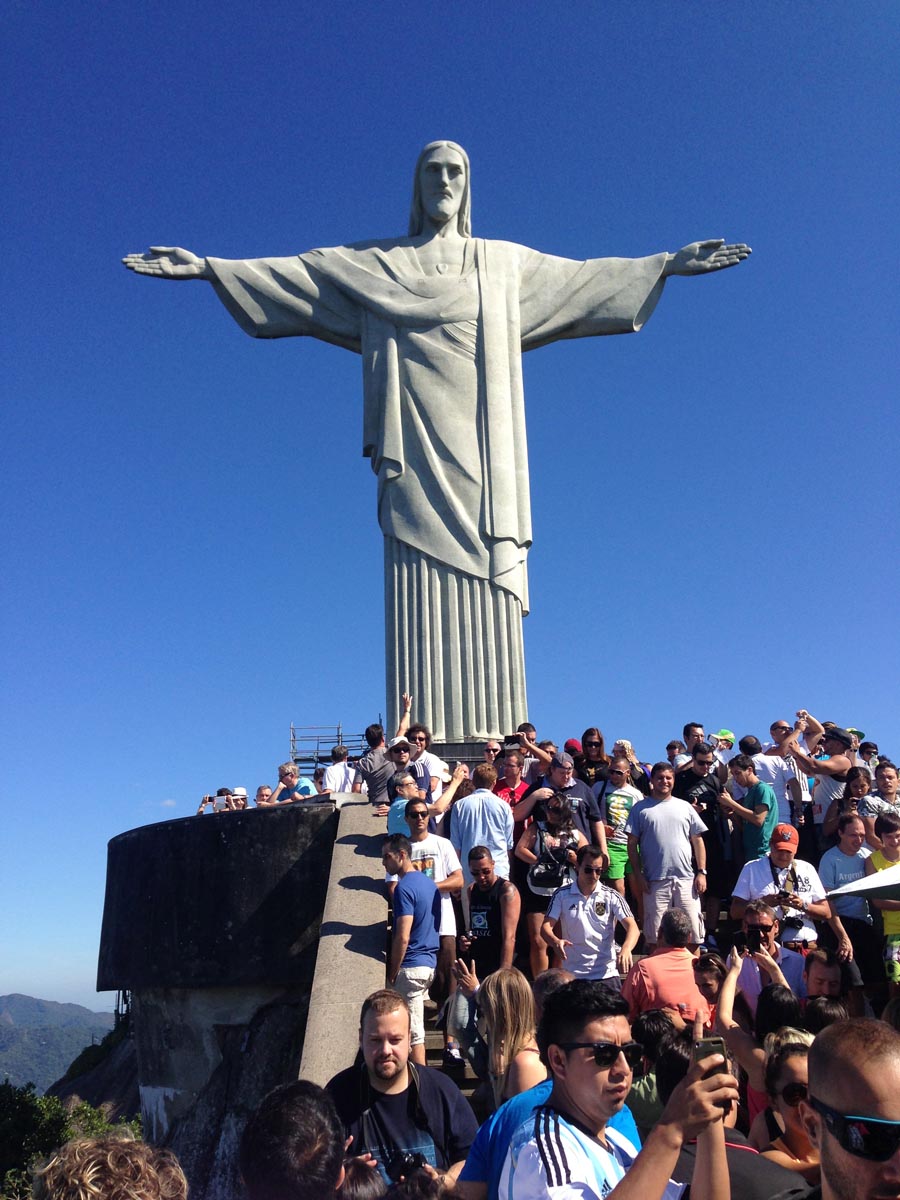

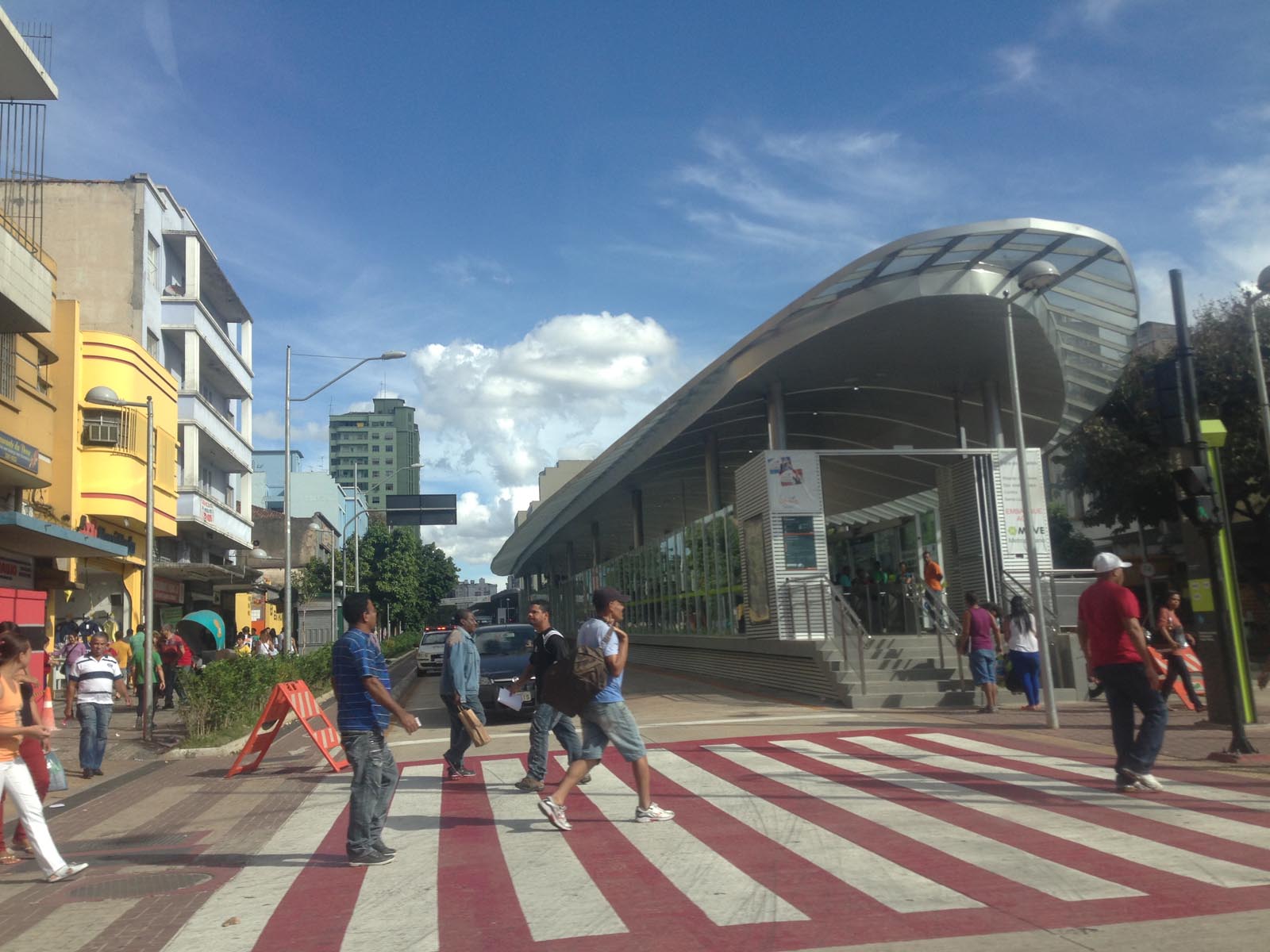

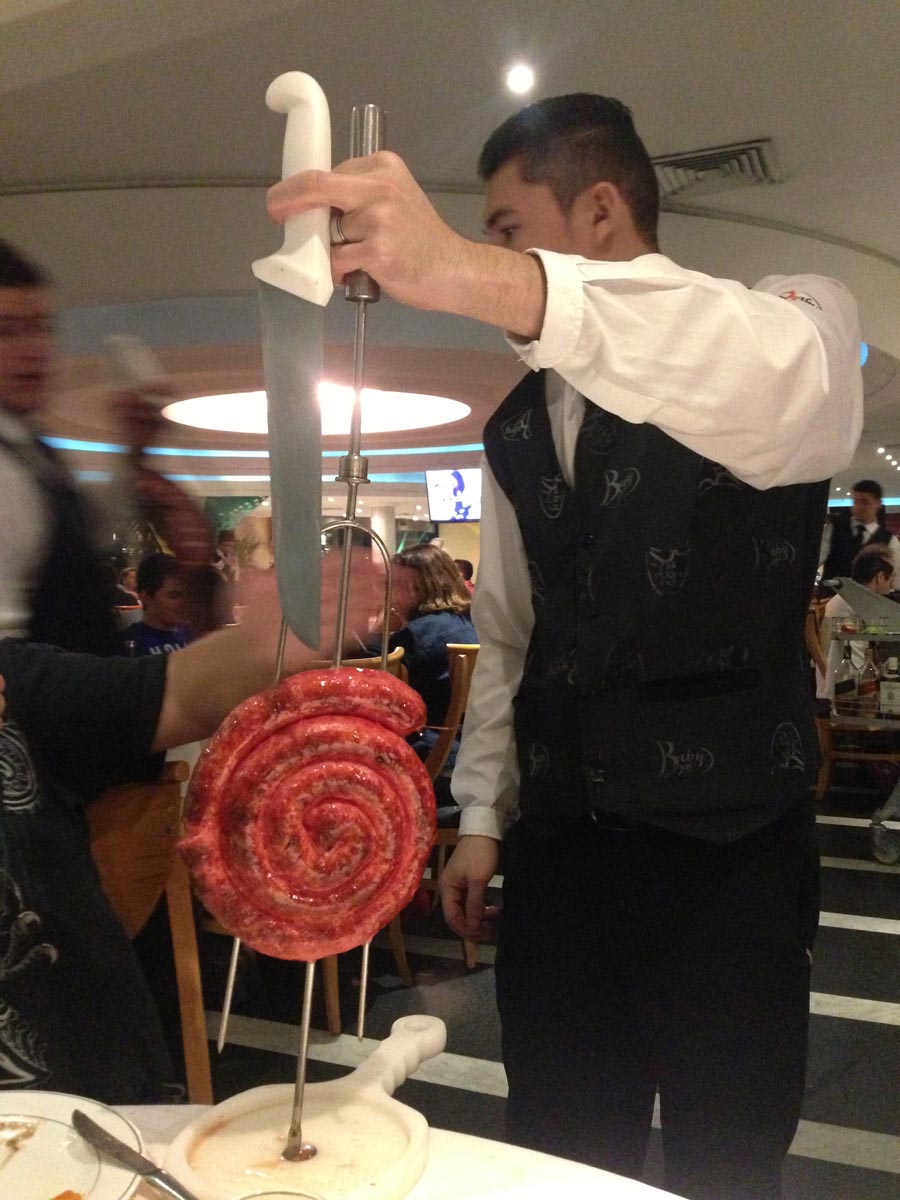



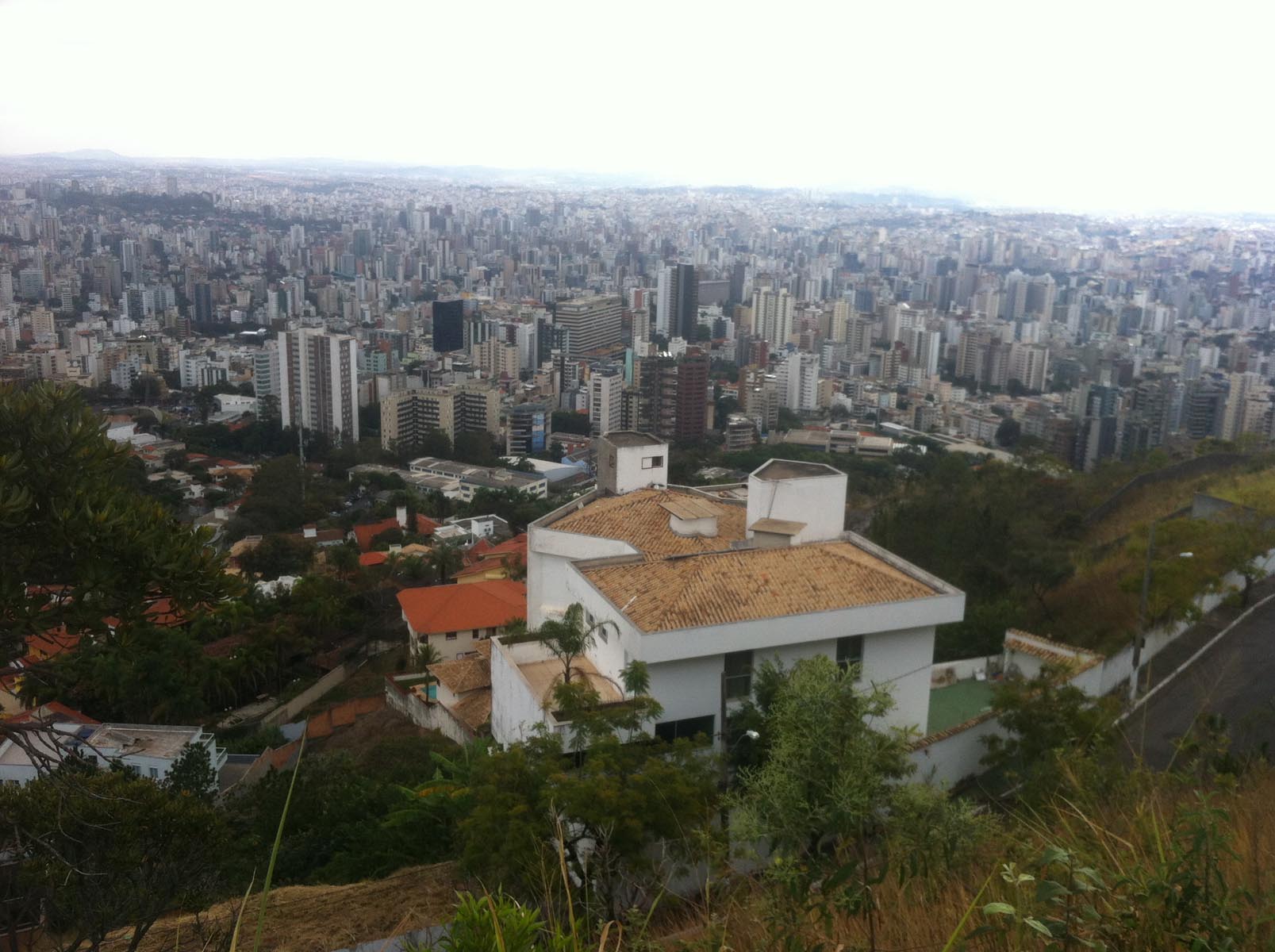


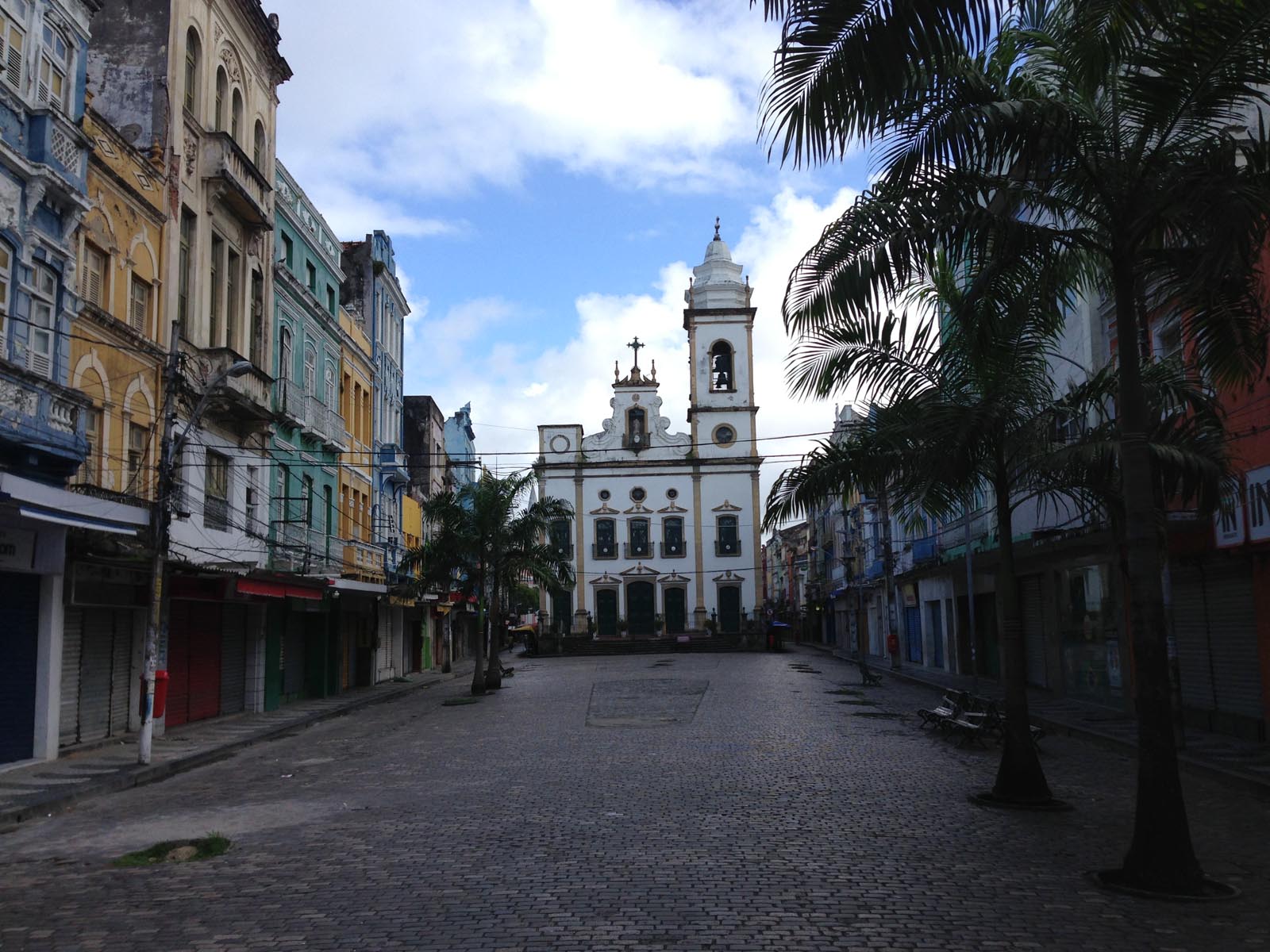
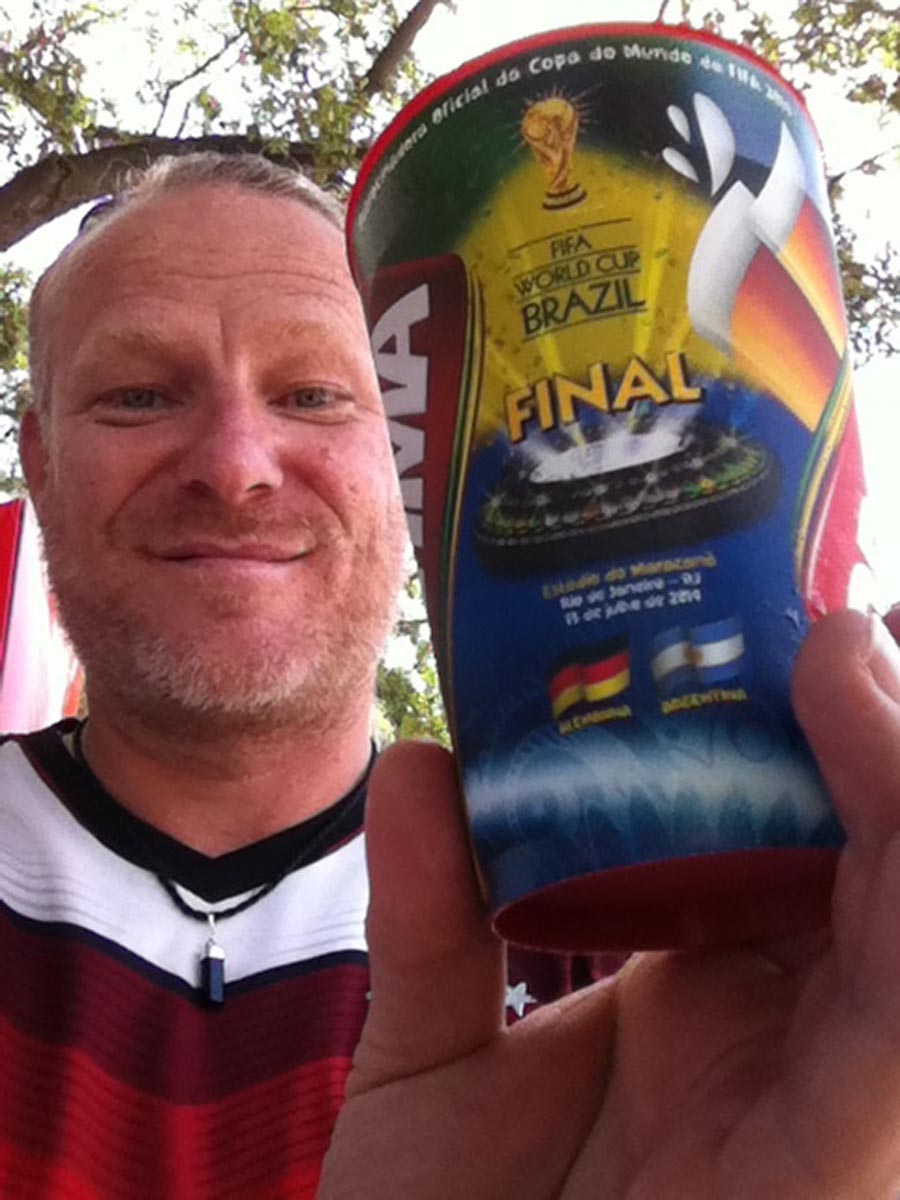

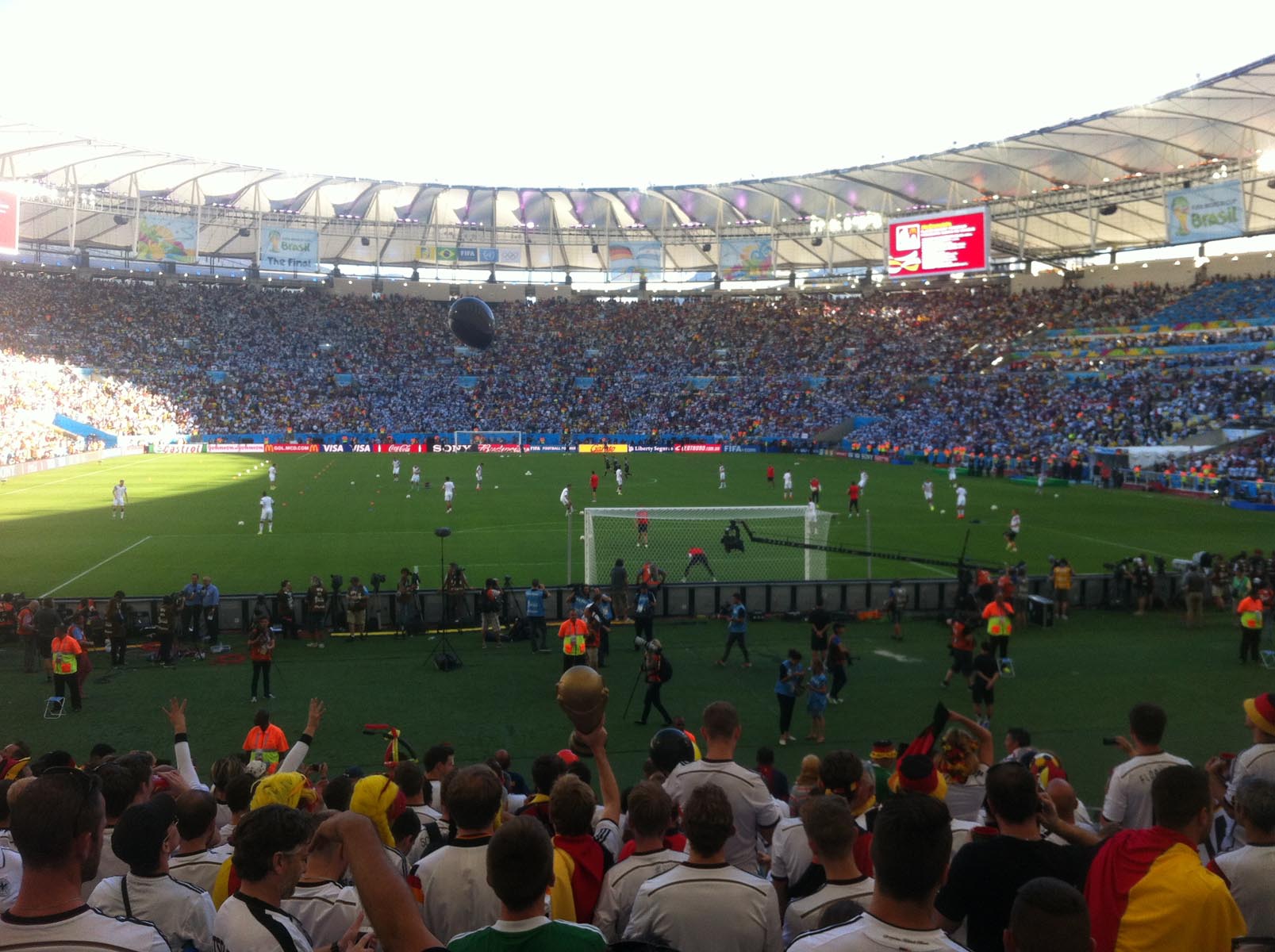

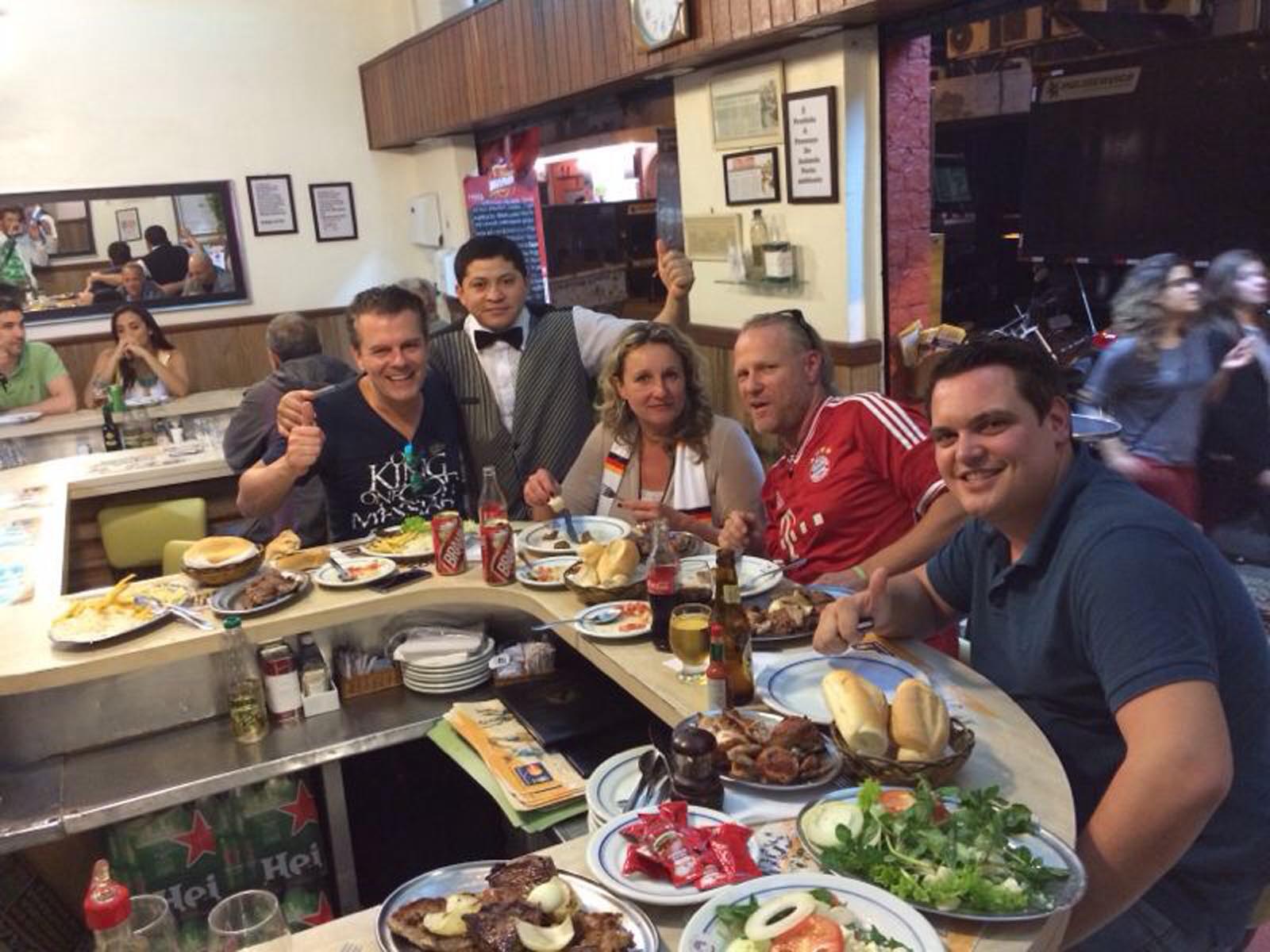

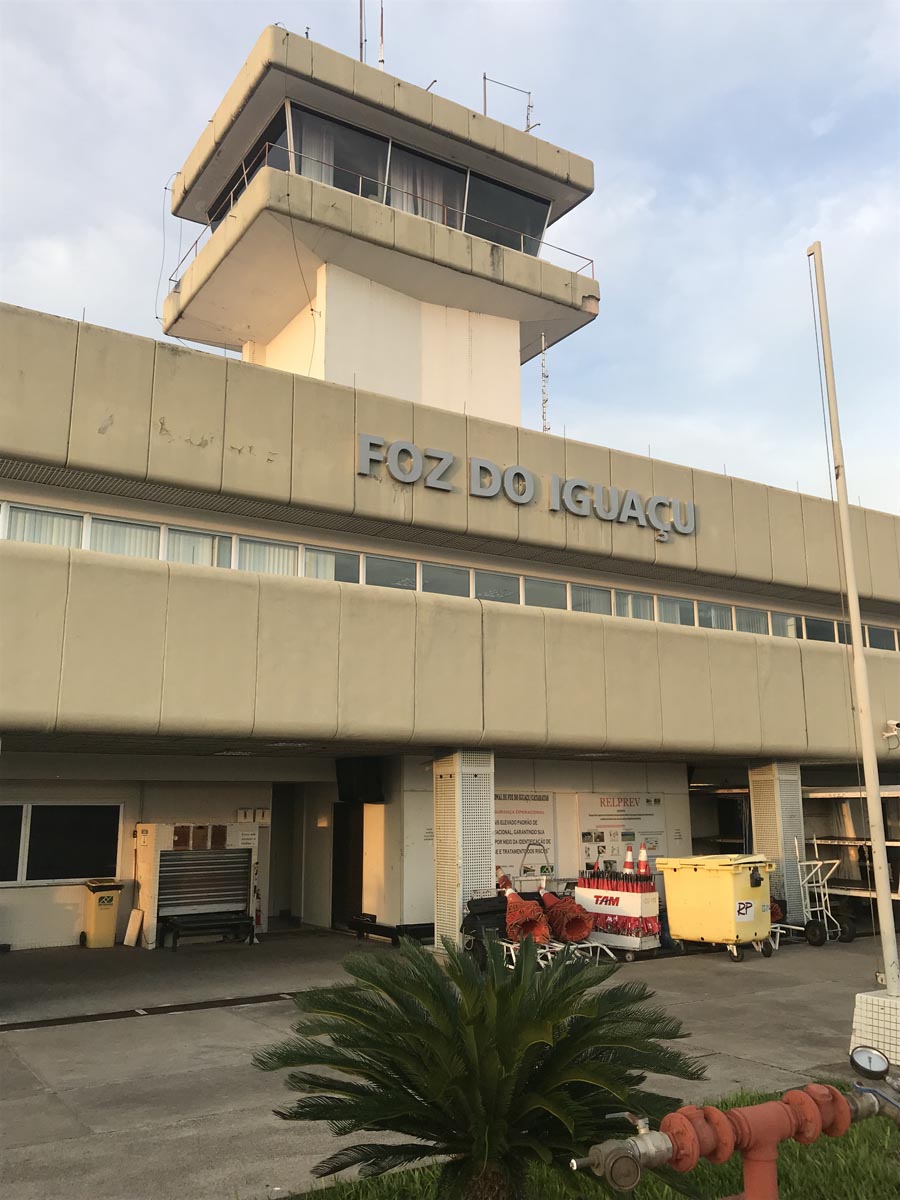

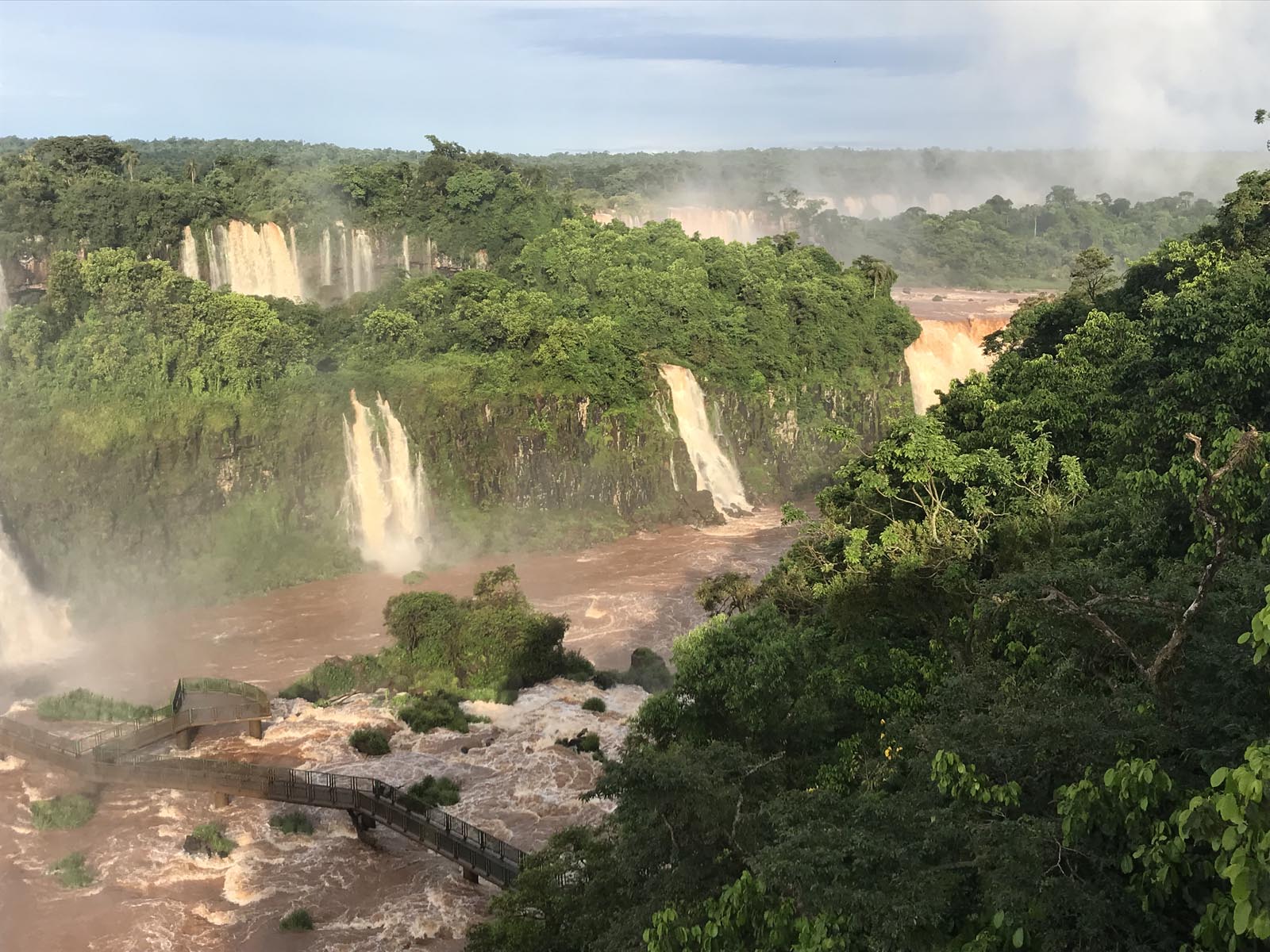

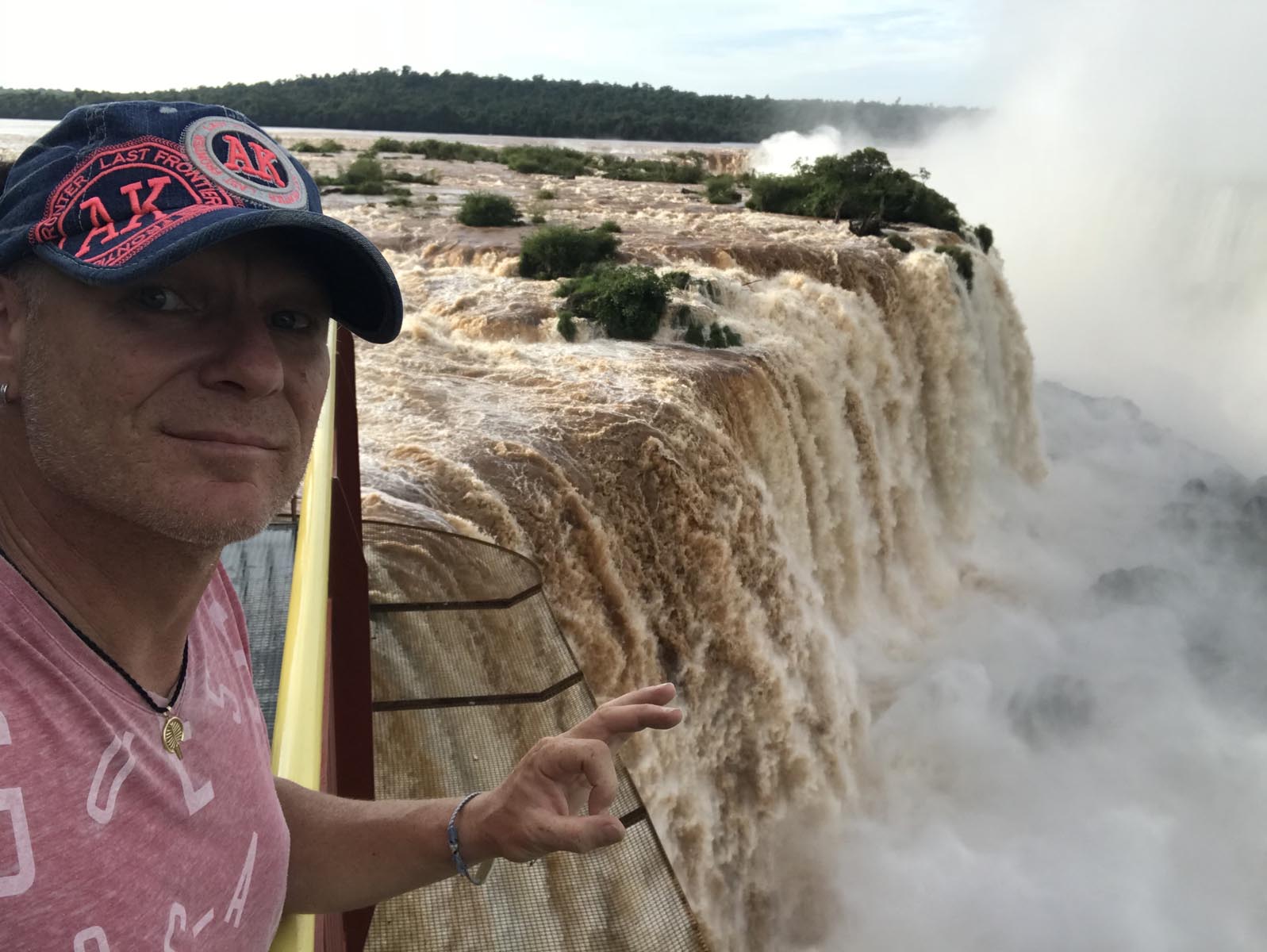

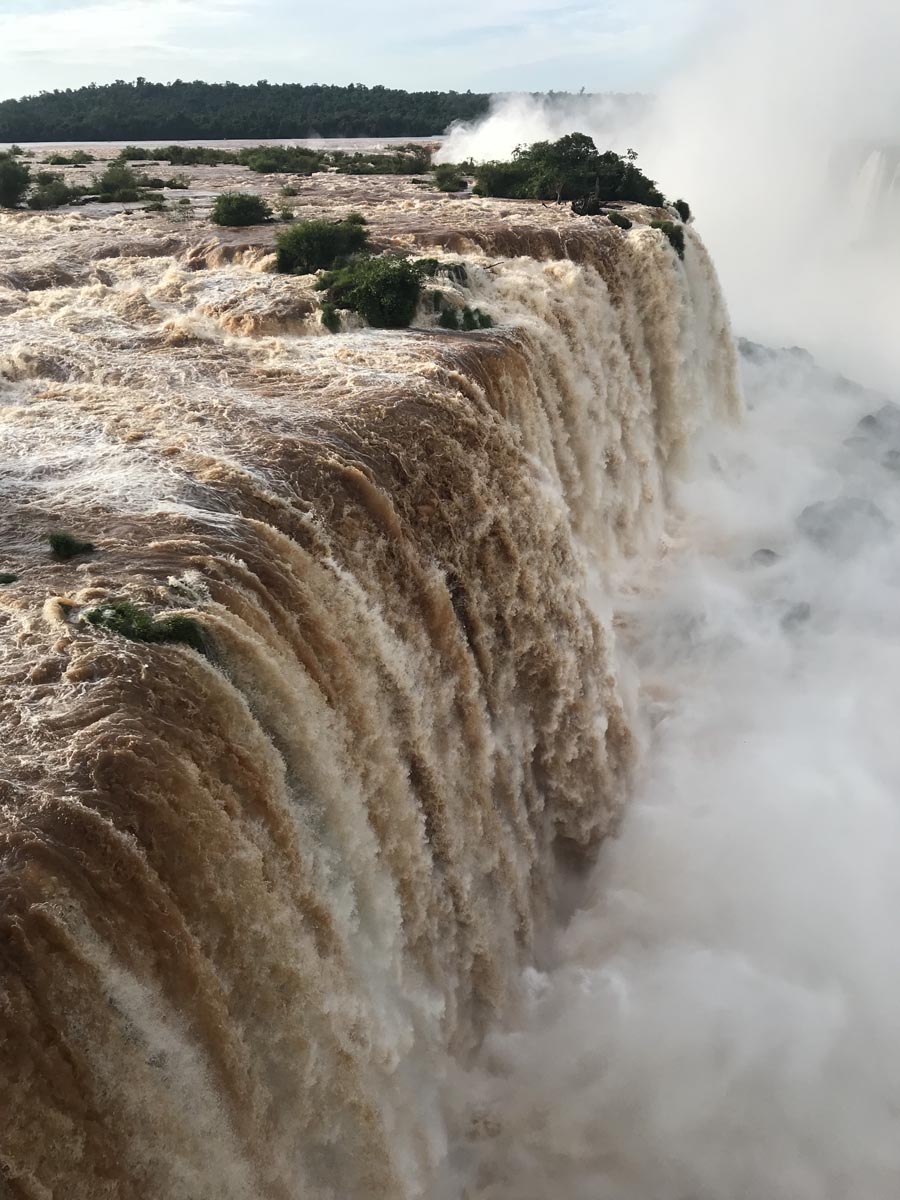

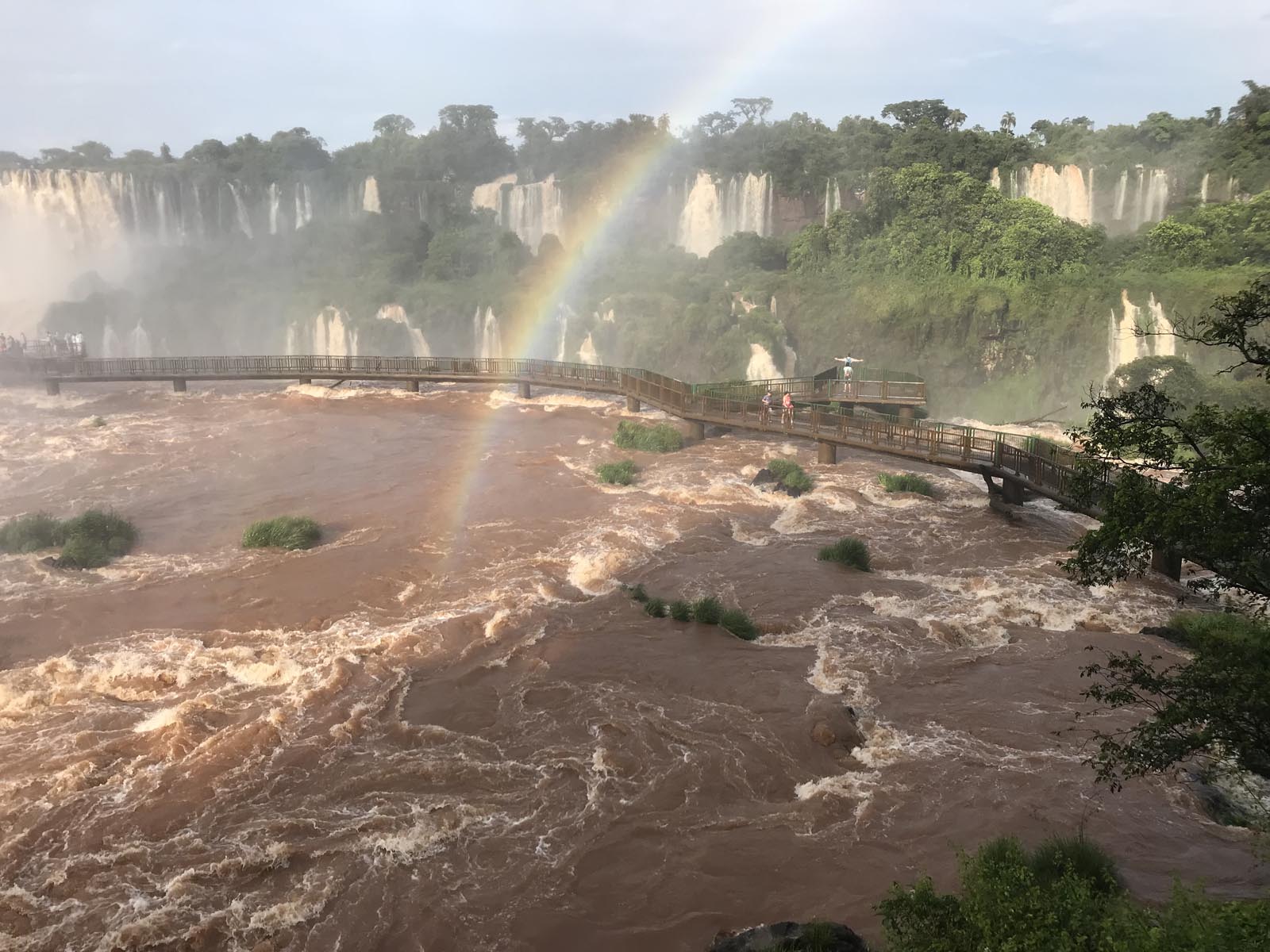

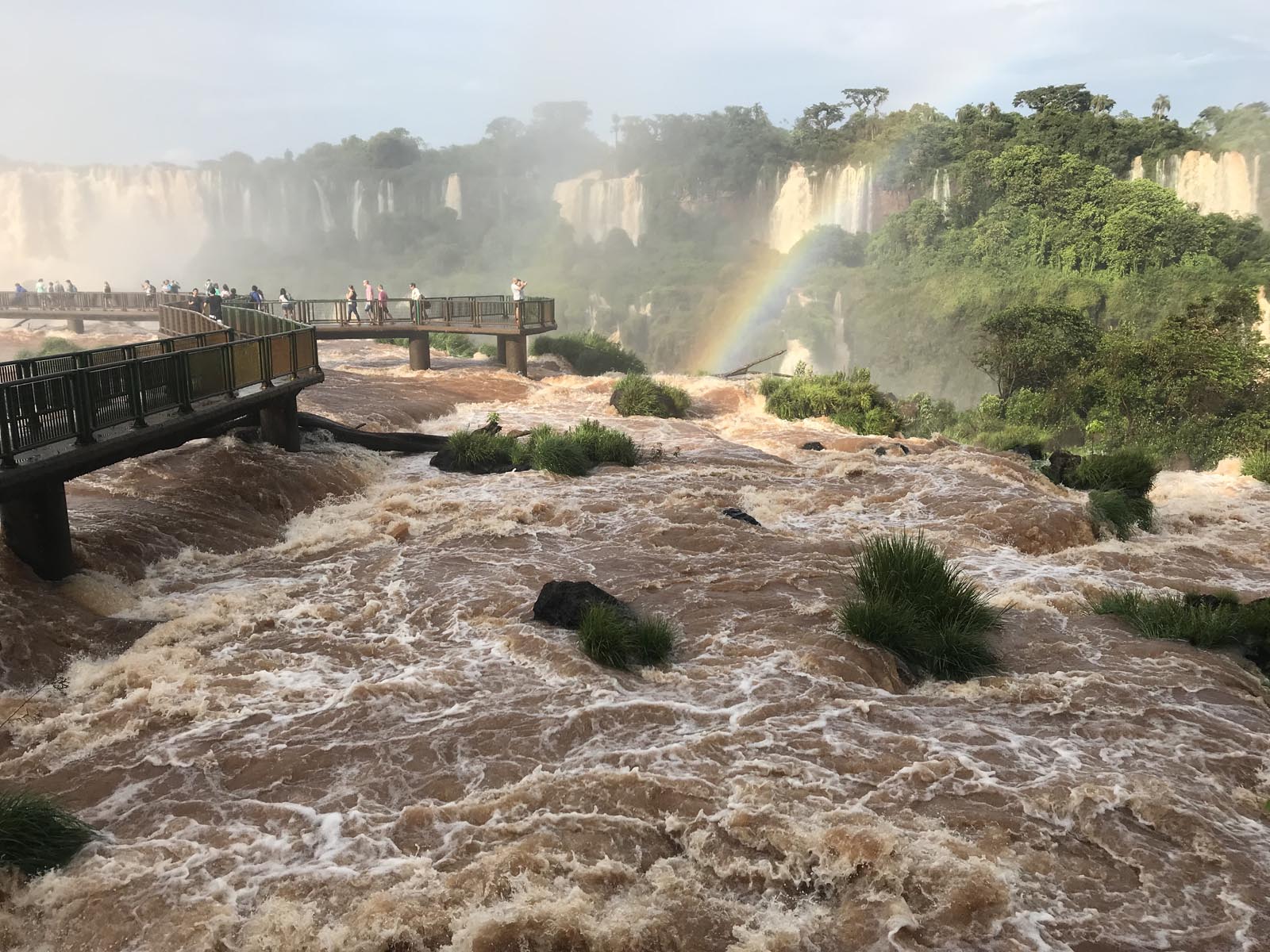

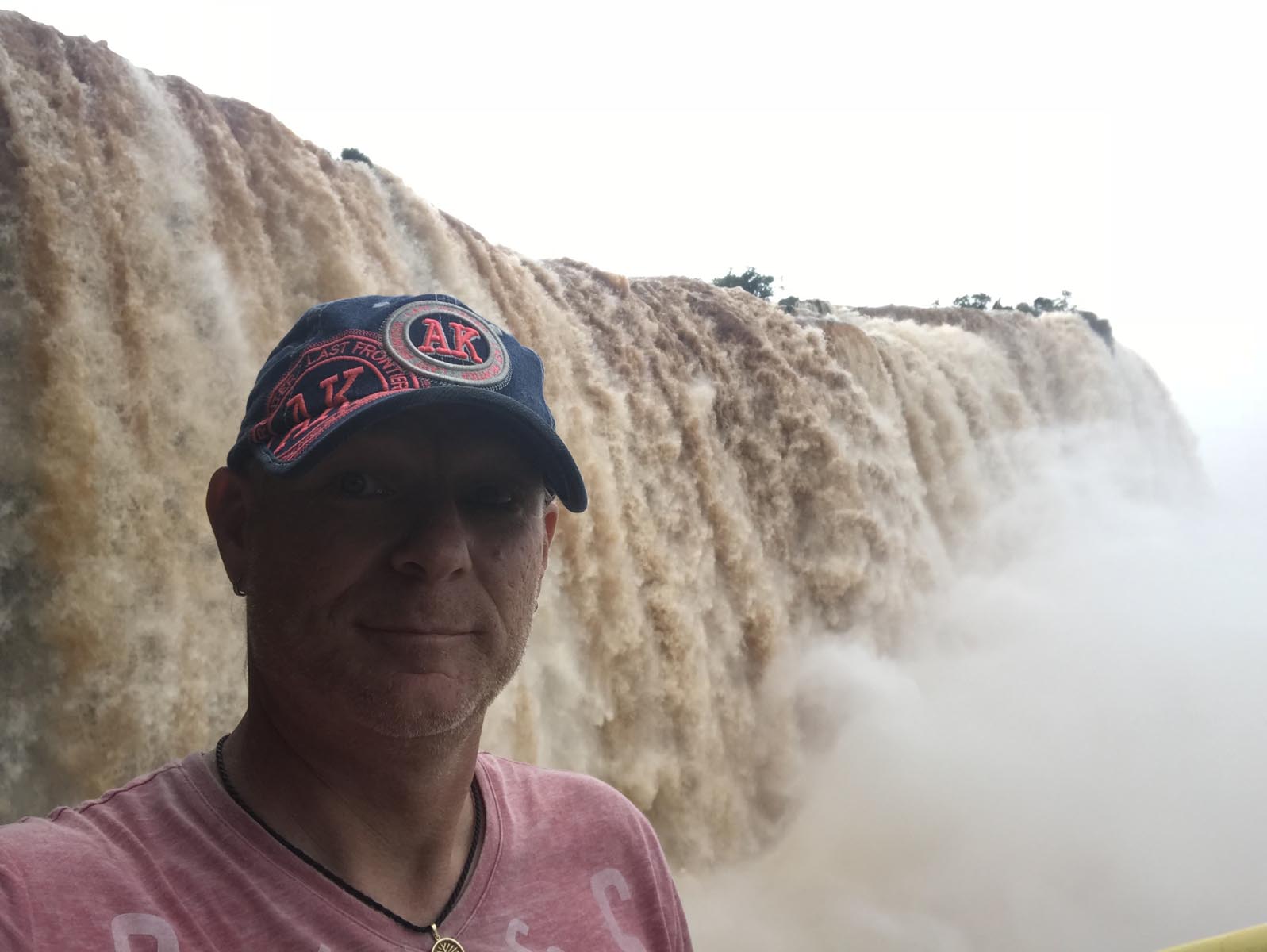

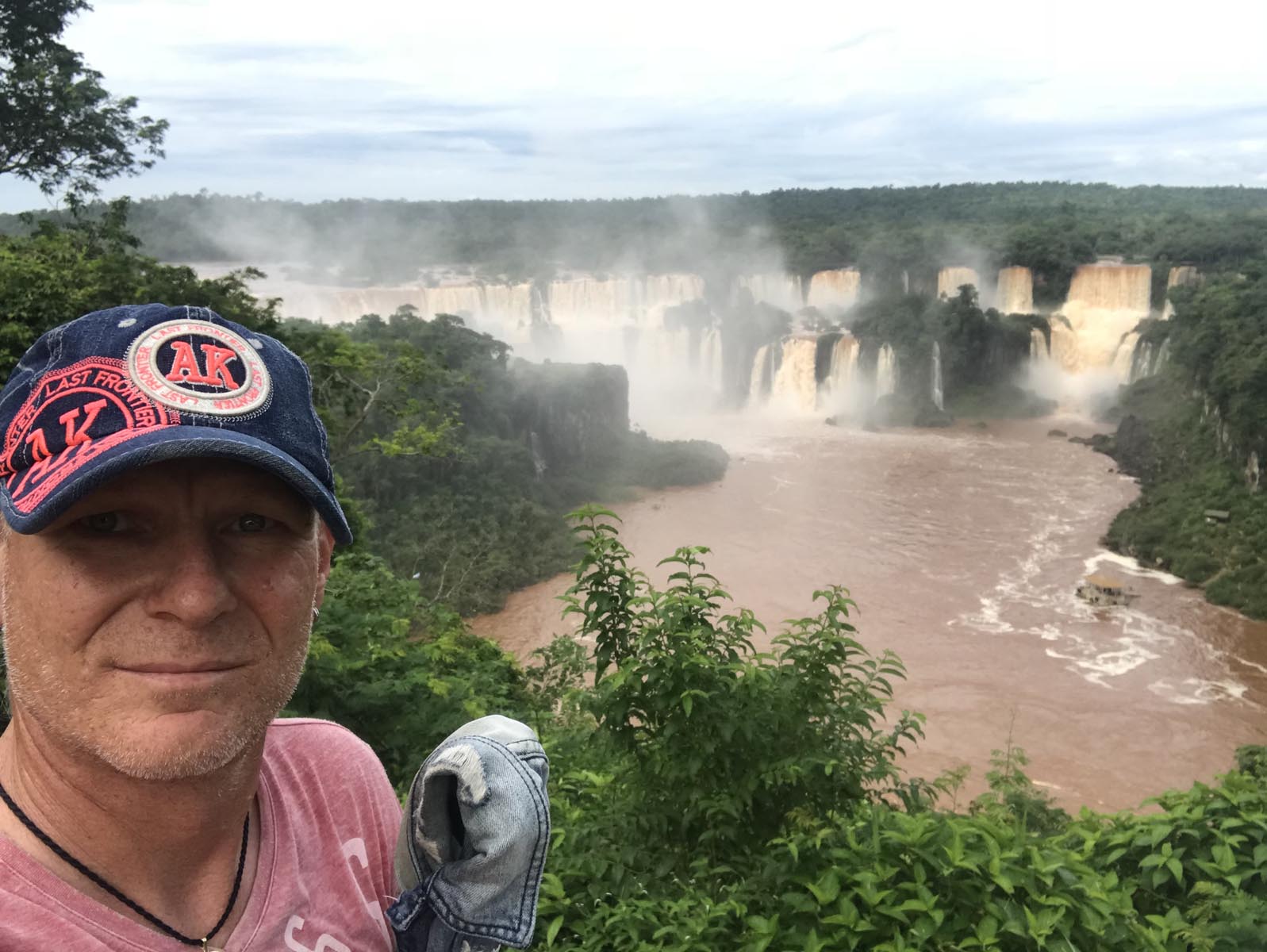

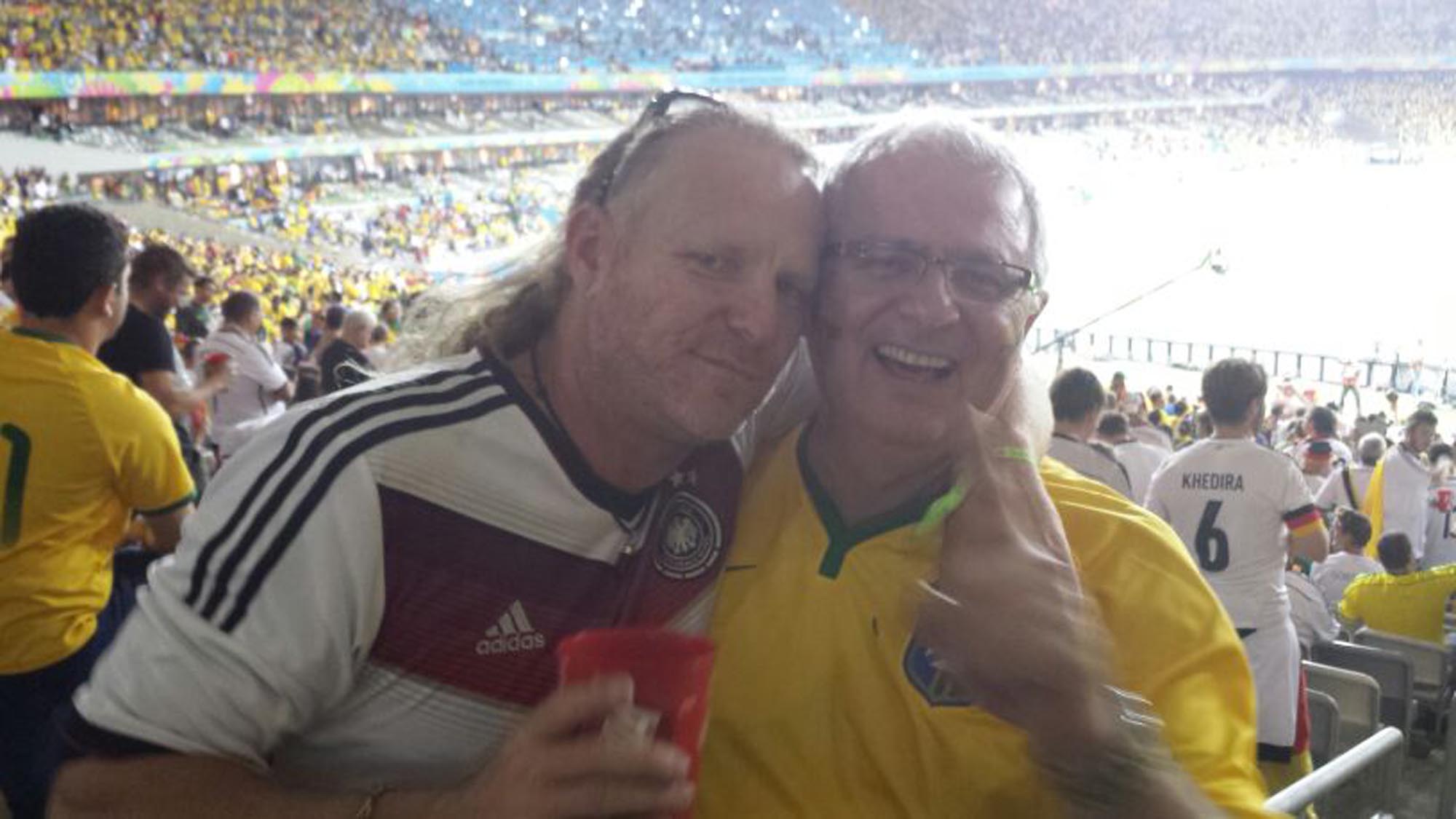


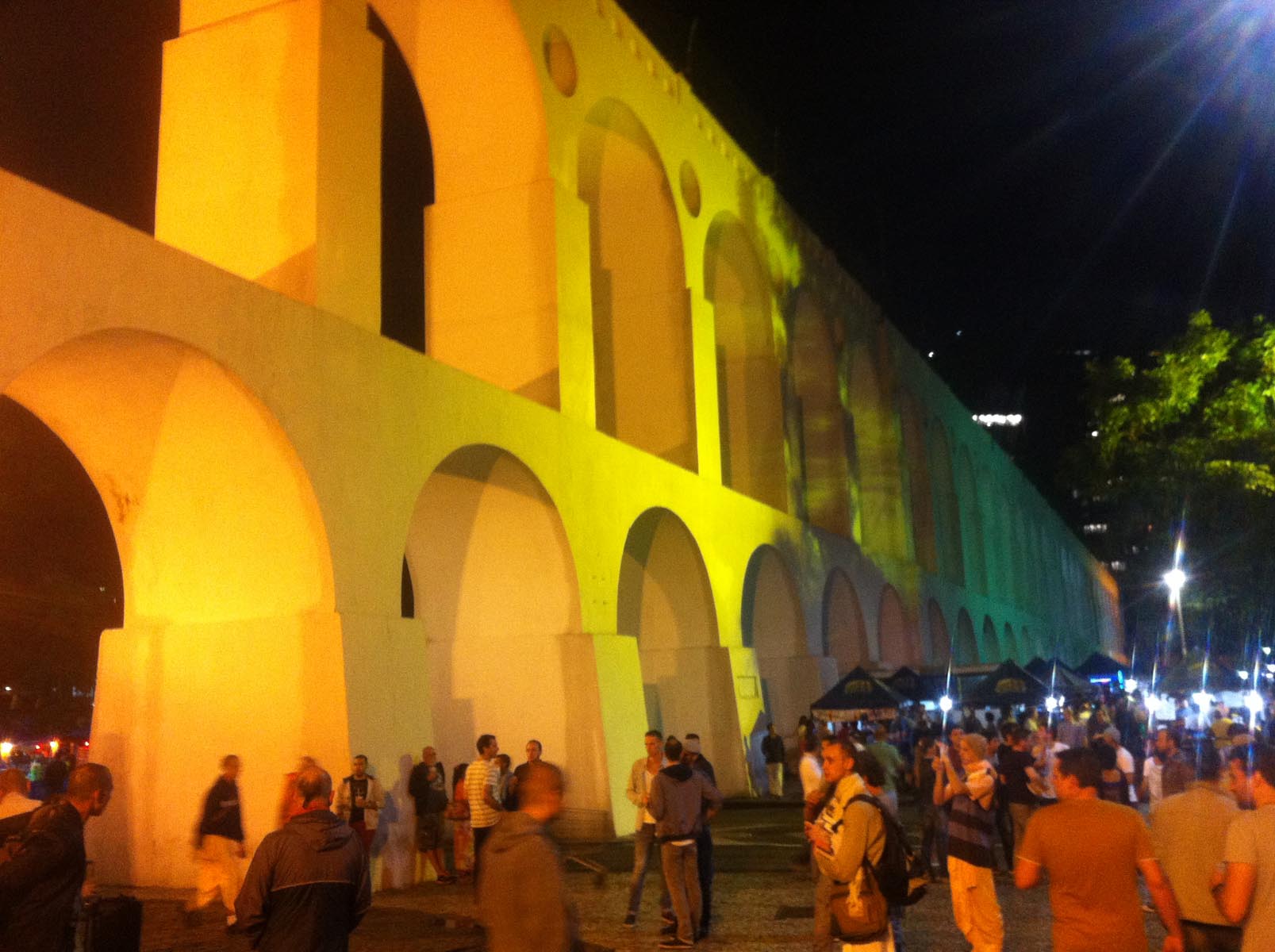
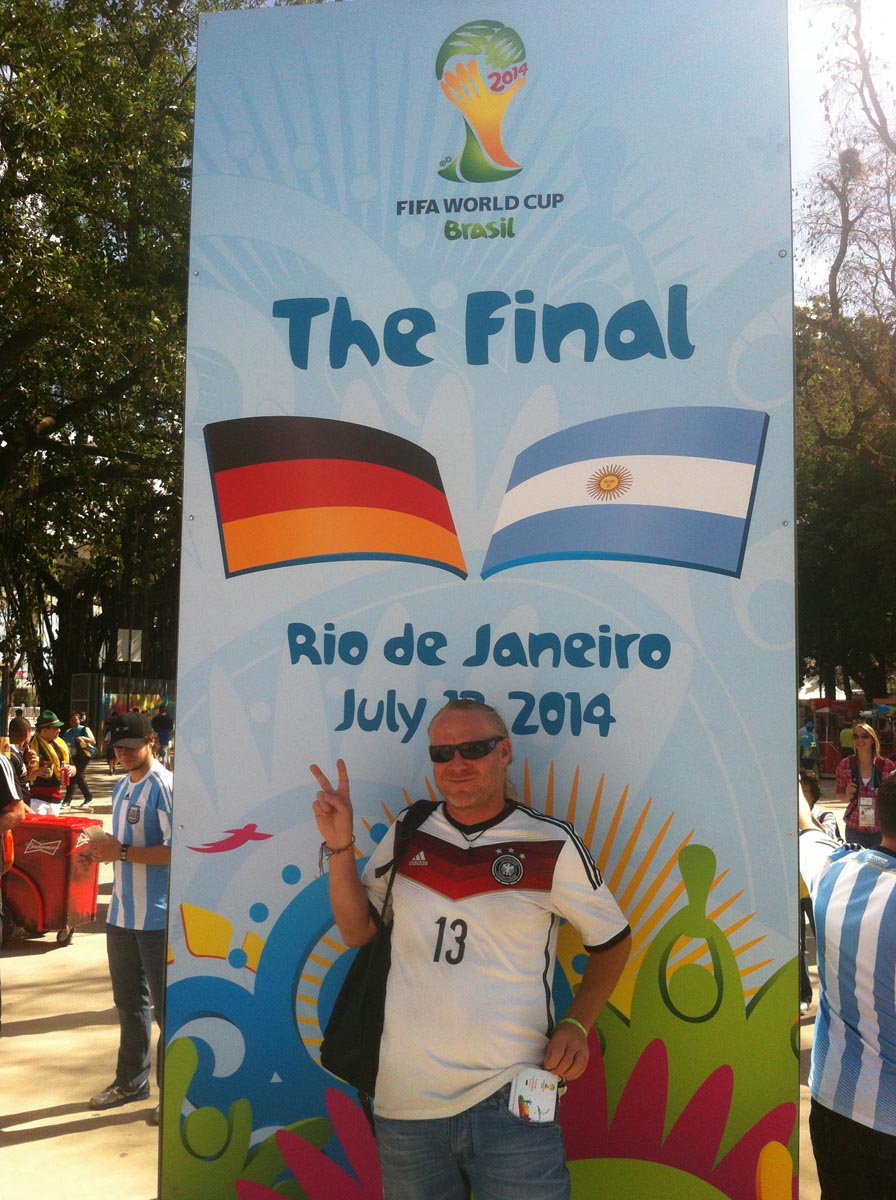
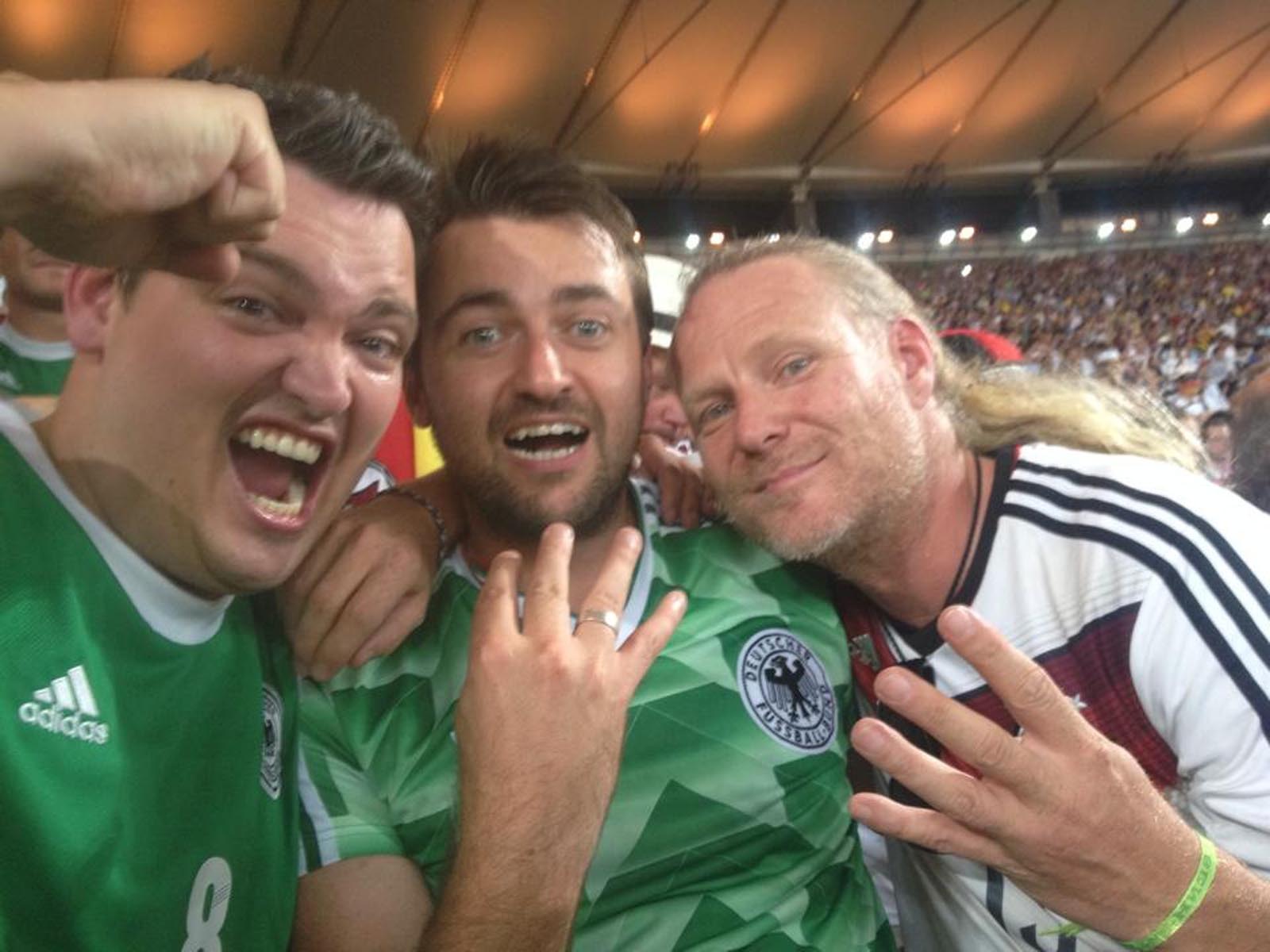
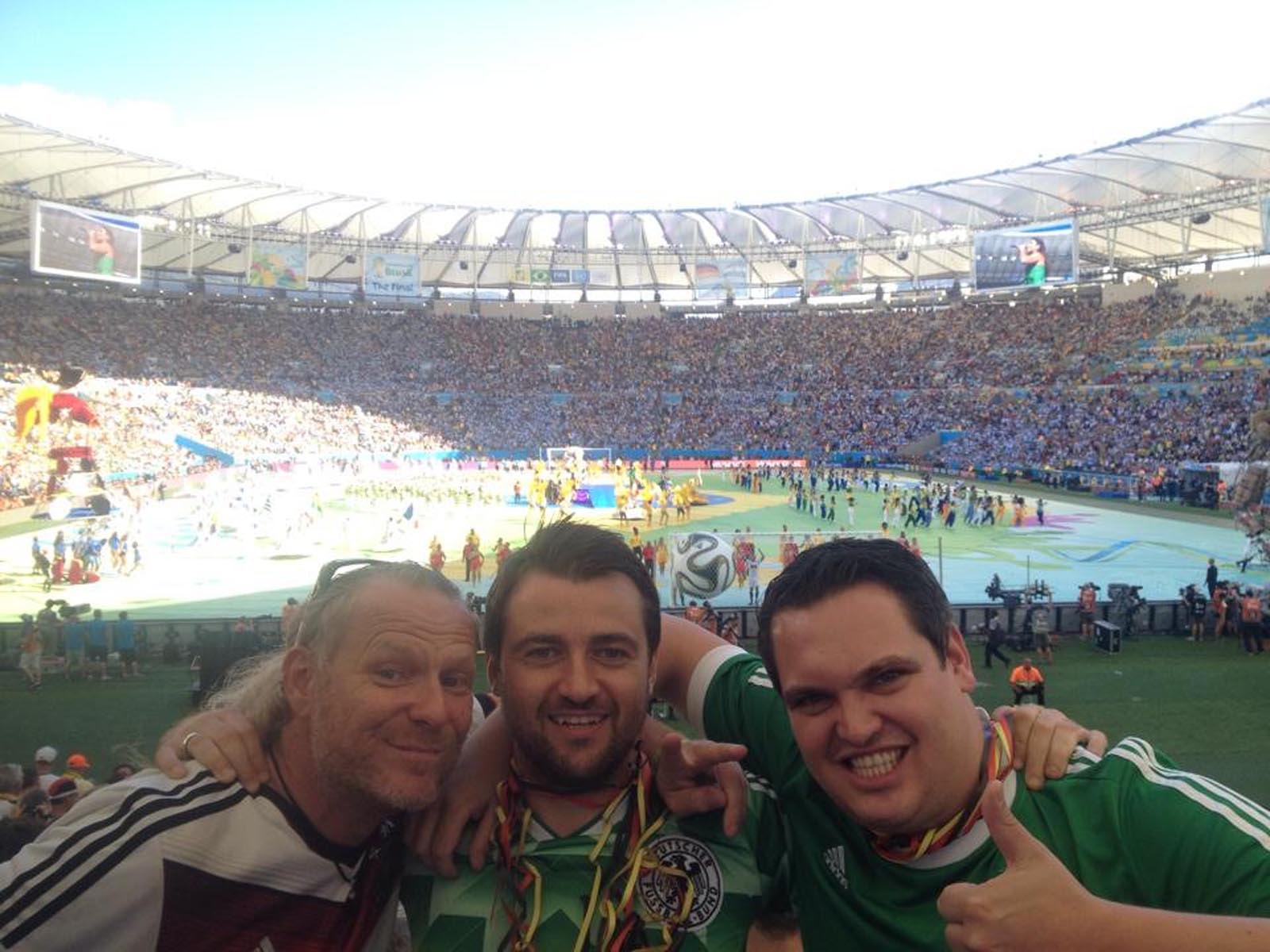

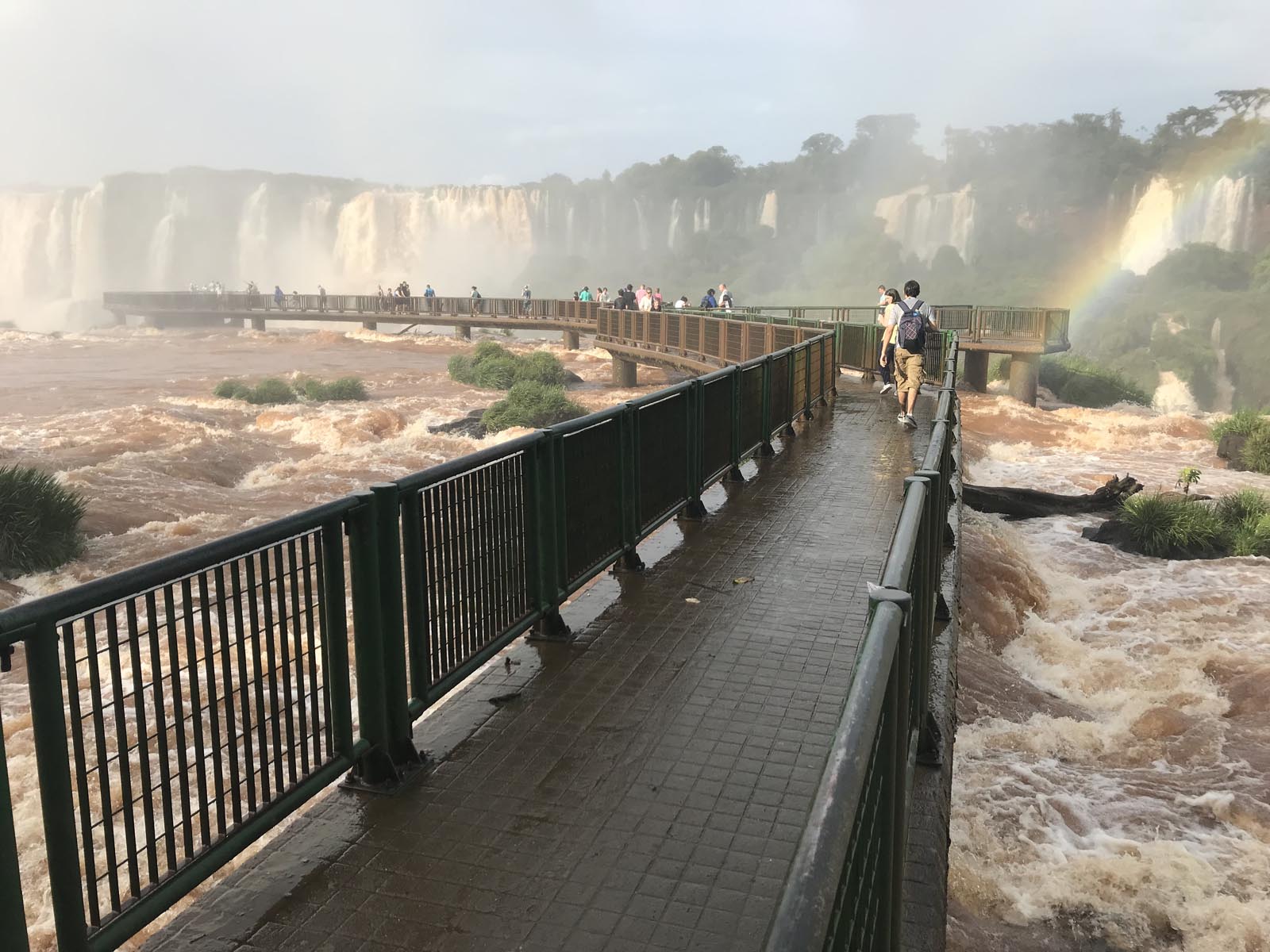
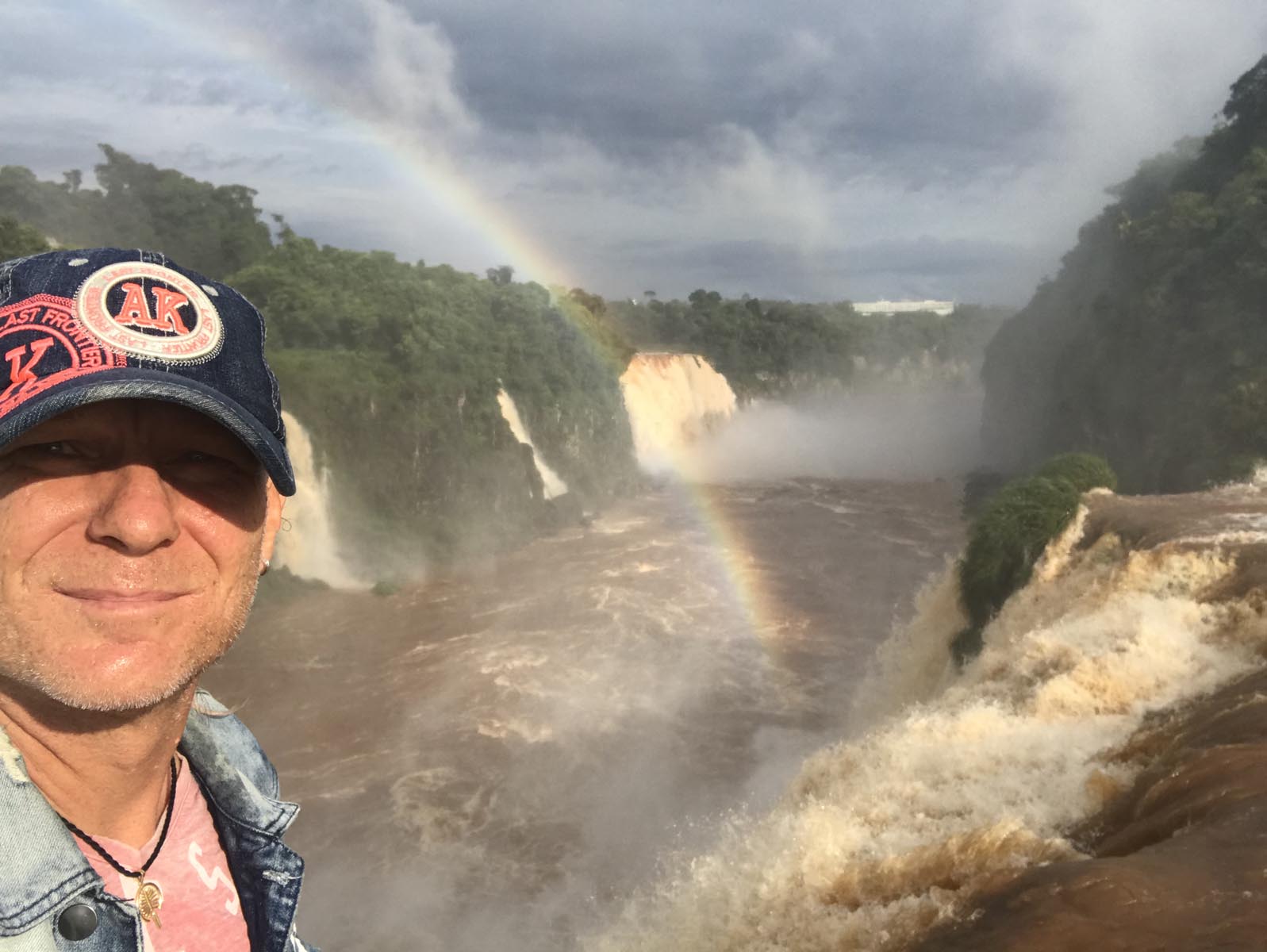
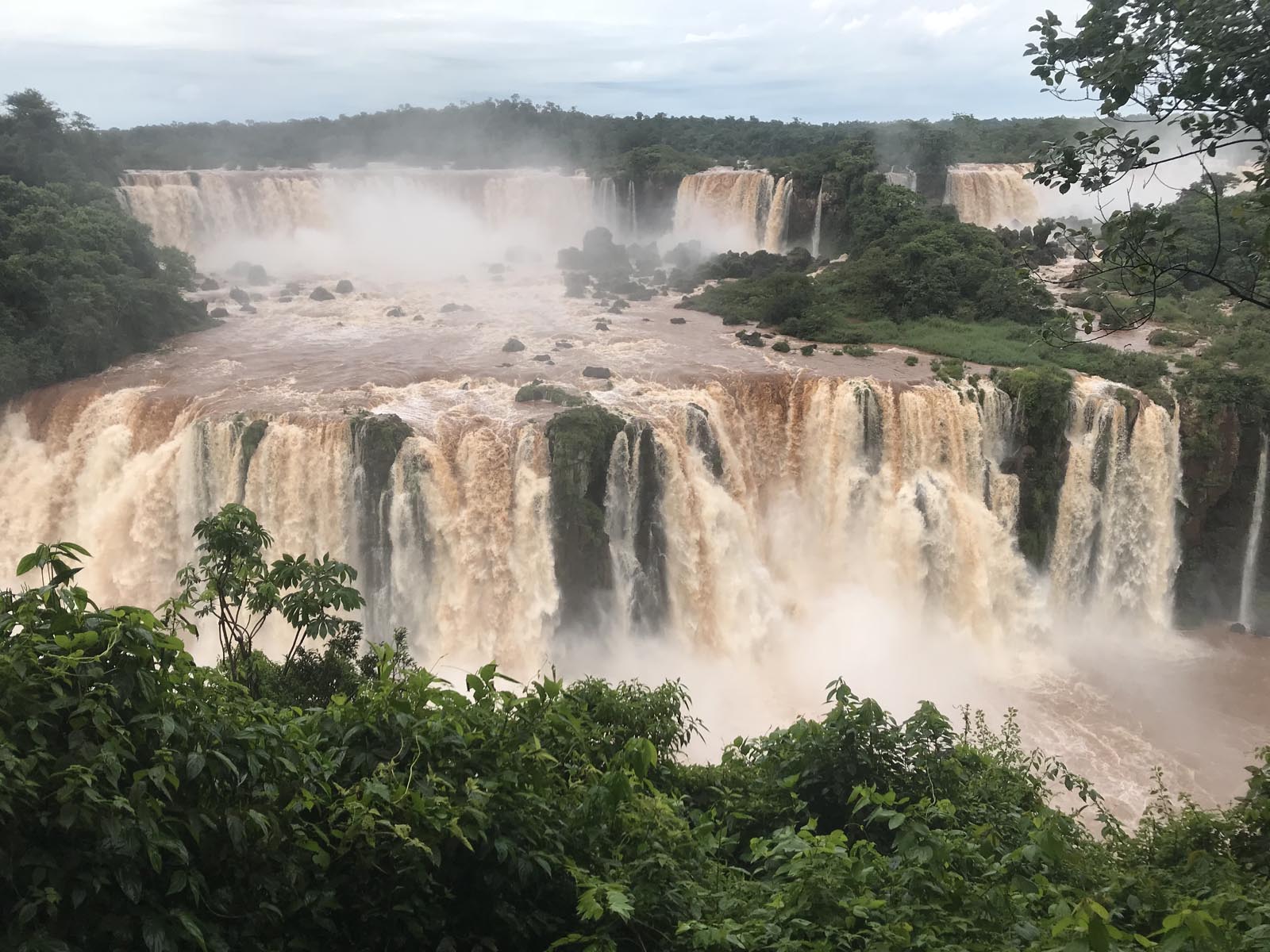
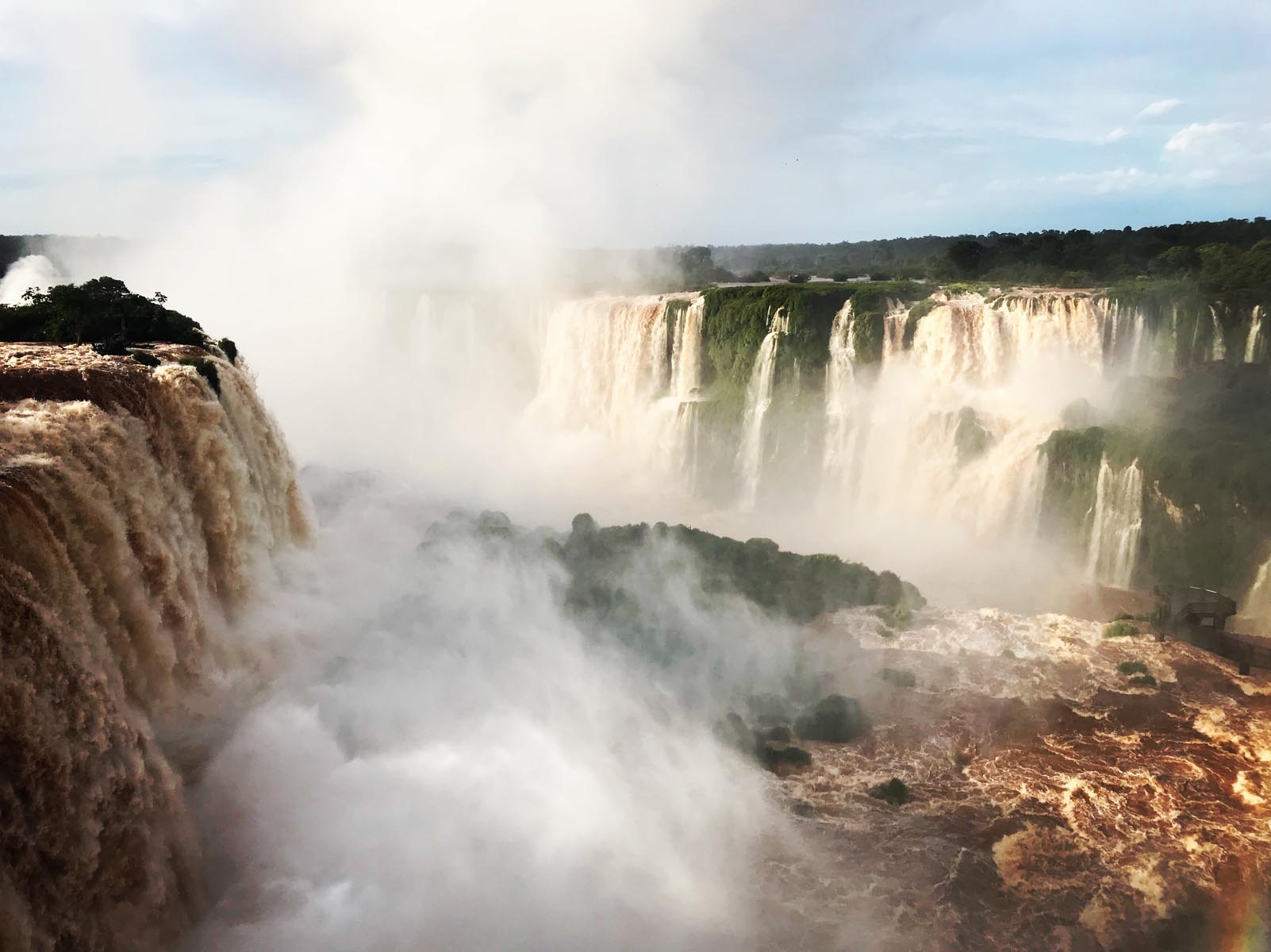
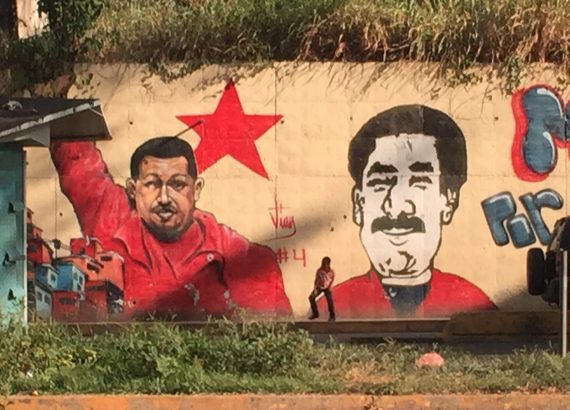
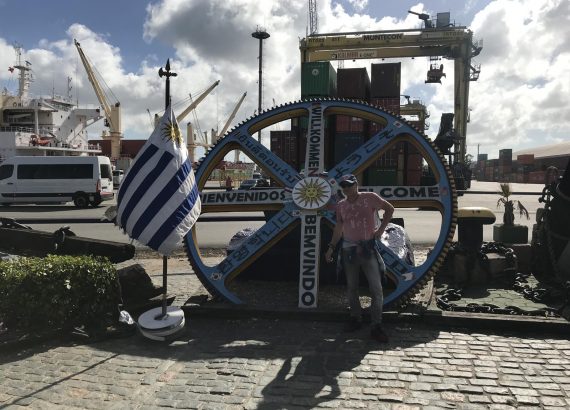
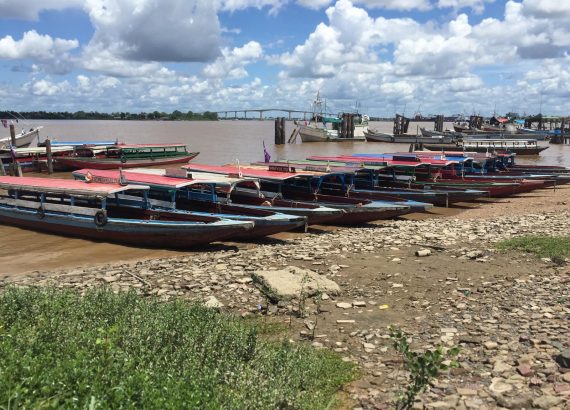
No Comments